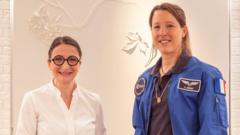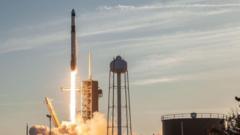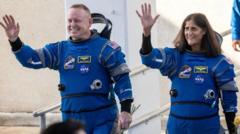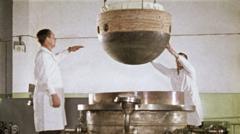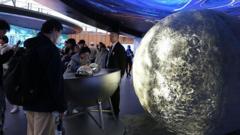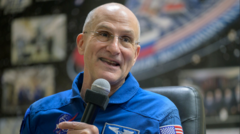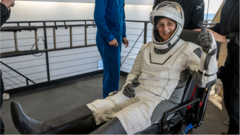As costs to feed astronauts soar, research into lab-grown food could revolutionize dietary options for long-duration space missions, with a potential pilot project on the International Space Station.
Pioneering Lab-Grown Food Experiment for Space Travel Takes Off
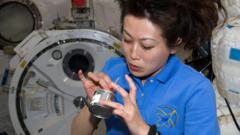
Pioneering Lab-Grown Food Experiment for Space Travel Takes Off
A groundbreaking experiment launched by the European Space Agency aims to assess the feasibility of cultivating lab-grown food in the unique conditions of space.
An innovative mission launched into orbit today marks a significant step toward the potential cultivation of lab-grown food for astronauts in space. Funded by the European Space Agency (ESA), the initiative seeks to determine whether it is feasible to produce essential nutrients such as protein, fats, and carbohydrates in low-gravity and high-radiation environments.
Currently, feeding astronauts aboard the International Space Station (ISS) is an exorbitant endeavor, costing up to £20,000 per day per astronaut. This experiment, involving collaboration between Frontier Space and researchers from Imperial College, aims to find more sustainable methods of providing sustenance to space travelers, eventually leading to the establishment of a small-scale food production facility on the ISS in the near future.
Dr. Aqeel Shamsul, CEO of Frontier Space, envisions not only food production in orbit but also the creation of facilities on the Moon. He explained, "We need to build manufacturing facilities off-world if we are to provide the infrastructure to enable humans to live and work in space."
The concept of lab-grown food, which has already seen success for terrestrial dining—including lab-grown chicken and steaks—presents a myriad of advantages. On Earth, these technologies can reduce land use and greenhouse gas emissions. In the context of space travel, however, the focus shifts to cost-effectiveness.
The goal is to alleviate the burden of transporting food from Earth, which is deemed prohibitively expensive as astronauts' presence in space expands. Dr. Shamsul noted the progression from simple protein-enhanced meals to the possibility of utilizing 3D printing to replicate gourmet foods in orbit.
Imperial College's research team has sent a simplified bioreactor into space aboard the SpaceX Falcon 9 rocket as part of this ESA venture. The aim is to test the viability of producing food in the weightless environment of space, with results on the brink of being analyzed upon re-entry off the coast of Portugal.
Dr. Rodrigo Ledesma-Amaro, Director of the Bezos Centre at Imperial College, proudly highlighted the potential of precision fermentation technology, where genetically engineered yeast can produce a diverse range of nutritional ingredients.
While tastes and textures will need optimization, culinary education designer Jakub Radzikowski is already crafting recipes in anticipation of lab-grown food approval. Using natural starches and proteins, he aspires to replicate global cuisines and ensure astronauts enjoy comforting, delicious meals. Feedback from UK astronaut Helen Sharman, who sampled various dishes, emphasizes the potential for improved morale and nutrition for astronauts in the unique dietary challenges of long-term spaceflight.
As the research progresses, the team remains optimistic about future culinary breakthroughs, which could enhance the overall health and happiness of astronauts, ultimately supporting NASA's vision of establishing a permanent human presence beyond Earth.


